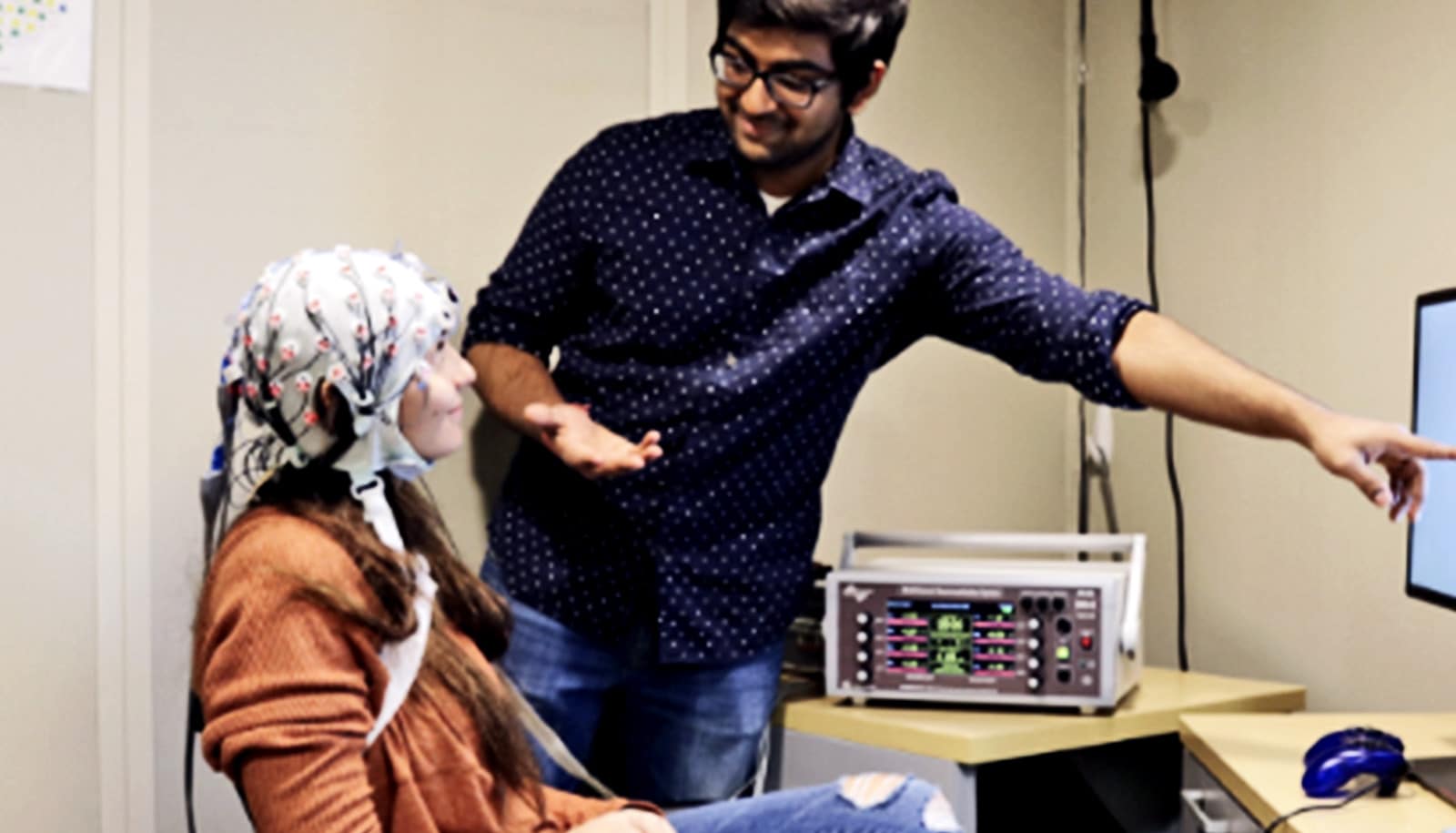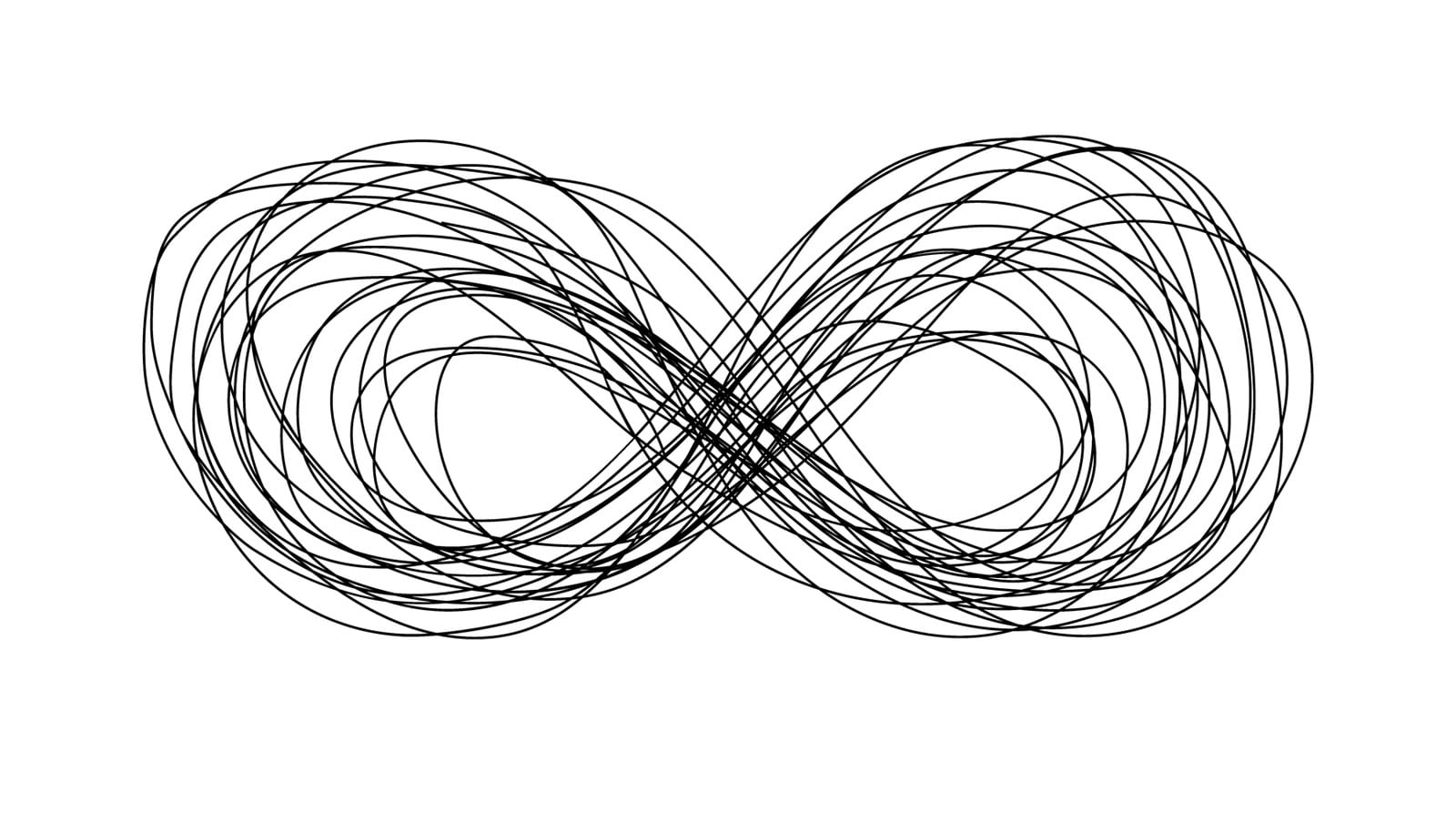A drug-free and noninvasive technique shows promise in reducing the kinds of behaviors that come with obsessive-compulsive disorder, researchers report.
At times, we all “double-check” whether we locked the door, or wash our hands again “just to be sure.” However, one billion people worldwide experience these urges so intensely and continuously that they cannot help but do these actions compulsively, over and over again.
Despite the prevalence of this distressing condition, our mechanistic understanding of these behaviors is incomplete and effective therapeutics are unavailable.
In the study in Nature Medicine, healthy volunteers exhibiting compulsive behavior received safe, pain-free weak electrical currents through electrodes placed on their head for 30 minutes every day for five consecutive days.
For every individual, the applied current was carefully designed in a personalized manner in order to tune their brain networks that control learning and repetition of behavior. To do this, Robert Reinhart, assistant professor of psychological & brain sciences at Boston University, and his team developed an innovative procedure for selectively modulating orbitofrontal beta-gamma rhythms in humans.
The researchers used a technology called high-definition transcranial alternating current stimulation, which provides unprecedented anatomical precision compared to traditional electrical modulation tools and the capability to modify brain activity in a frequency-specific manner.
The results showed that compulsive behavior reduced markedly and immediately after the five-day procedure and these improvements remained for at least three months. In addition, the strongest improvements were observed for those who began with the most severe symptoms.
“Figuring out how the human brain learns and makes decisions is a tremendous challenge,” Reinhart says. “Here, we observed that high-frequency brain activity plays a causal role in how people learn and make decisions, particularly under rewarding situations, and that this activity is generated by a region of the brain called orbitofrontal cortex—one of the most mysterious brain areas.
“Next, we found that by potentially disrupting this brain activity related to reward learning we could reduce obsessive-compulsive behaviors, and that these benefits persisted for three months. Previously, we have shown how this type of noninvasive electrical stimulation can be used to facilitate brain activity and behavior.
“Here, in contrast, the results suggest it may be possible to noninvasively and electrically impede brain activity and behaviors that are undesirable to help people who are ‘stuck‘ in a particular mode of functioning as is the case with obsessions and compulsions.”
These findings suggest that this new frontier of personalized, drug-free, brain modulation may be effective in rapidly producing long-lasting benefits in people experiencing distress due to actions such as compulsive eating, gambling, and shopping, and particularly in people suffering from mental health problems and neuropsychiatric disorders.
Source: Boston University


